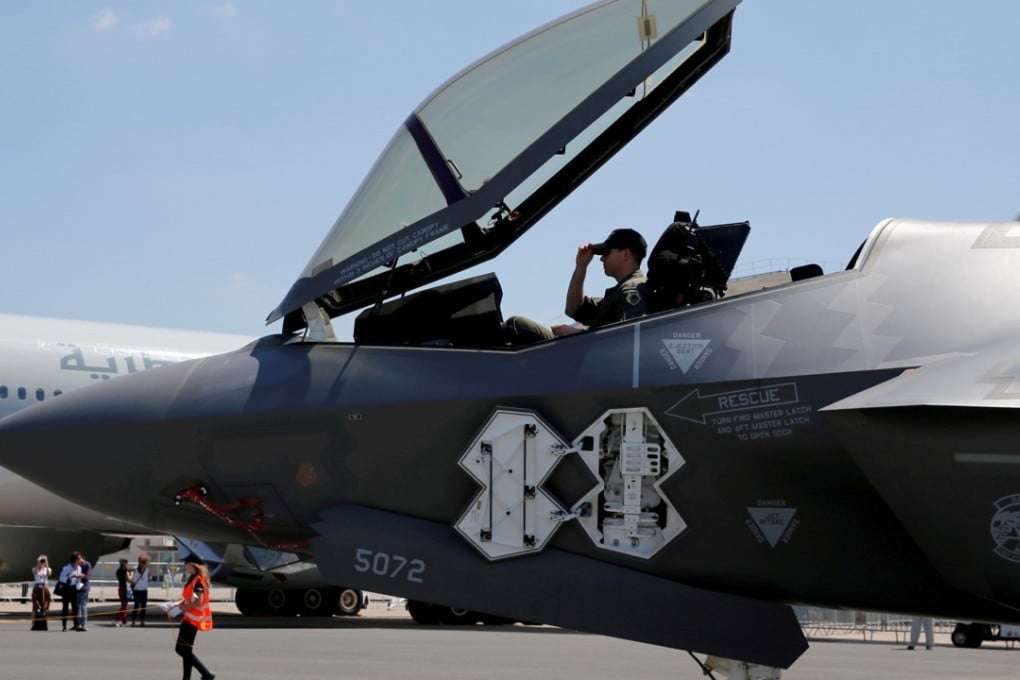US Air Force orders US$1b hypersonic missile from Lockheed Martin months after Russia announced it had one
The non-nuclear missile will be fired from warplanes and will be difficult to track because of its ability to switch direction mid-flight to avoid predictable arcs

The US Air Force is awarding almost US$1 billion to Lockheed Martin to design and develop a hypersonic missile that can be launched from a warplane.
The contract follows repeated warnings from senior defence officials about rapid advances by China and Russia in the field of hypersonic weaponry, where missiles can fly at many times the speed of sound and dodge missile defence systems.
In a statement late Wednesday, the Pentagon said Lockheed will receive up to US$928 million to build the new, non-nuclear missile it is calling the “hypersonic conventional strike weapon.”
We will, with today’s defensive systems, not see these things coming
“This contract provides for the design, development, engineering, systems integration, test, logistics planning, and aircraft integration support of all the elements of a hypersonic, conventional, air-launched, stand-off weapon,” the statement read.
On Thursday, Mike Griffin, the Pentagon’s new defence undersecretary for research and engineering, said China had built “a pretty mature system” for a hypersonic missile to strike from thousands of miles away.
“We will, with today’s defensive systems, not see these things coming,” Griffin said.
Hypersonic weapons can beat regular anti-missile defences since they are designed to switch direction in flight and do not follow a predictable arc like conventional missiles, making them much harder to track and intercept.
